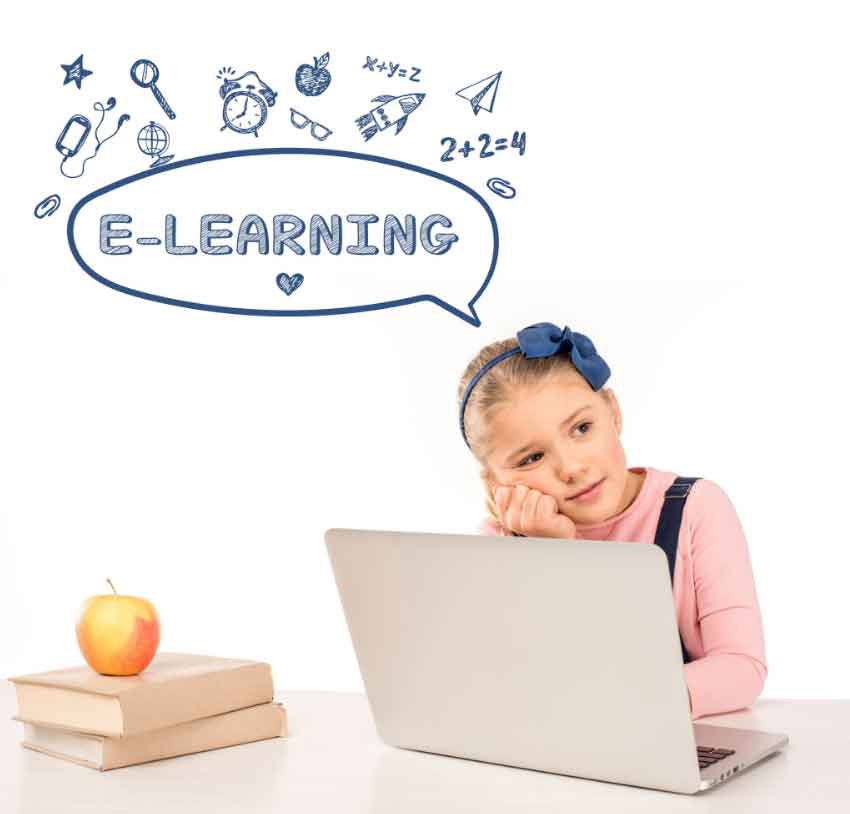Show:
How Technology Is Transforming How We Learn
In 2018 PWC released a report that had a look at the long-term impact of automation, especially on the labor market. The report argued that at least 30% of the available jobs in all industries are at risk of being automated in the next 20 years.
The catchphrase for this report was, “Are robots going to take our jobs in the future?”

Even before we get into the debate, this is something that scares you as a potential employee. Currently, people are already complaining that there are not enough jobs.
Therefore, we are not in a position of losing about 30% of the available positions to technology-driven automation. However, at the same time, we cannot afford to ignore the potential benefits of this automation.
But why should this be a concern for learners in the first place?
Technology is capable of changing the way work is being done. Why can’t it be enhanced to change the way we learn to do these jobs. If this happens, we will begin to appreciate technology in the workplace instead of seeing it as a threat.
So, how exactly is technology helping us achieve this objective?
Automation of the Learning Process
Preparing students for the job market is one of the crucial elements of education. No matter how you choose to view it, the education sector is the incubator for future employees. It is the sector that companies rely on to get the skilled employees they want.
Based on the current trend and the findings in that report, the job market demands technologically skilled employees. There is no way the education sector will produce those if it is still relying on traditional learning techniques. The learners need to be equipped with these technological skills in schools.
Automation of this process will make students learn to use technology for problem-solving. For example, you may think, “If I am a student relying on technology to do my essay, I will learn some research skills in the process.”
Therefore, even when you become employed, research will become part of your problem-solving mechanism.

The Shift from Passive to Active Learning
One of the dominating attributes of traditional learning is that it was centered on the teacher. It means that students sat in class and relied on the teacher to acquire knowledge.
Also, the coursework books had almost similar content. Therefore, when the teacher taught with one book, there was no need for students to research the others.
However, technology has changed all this. Modern-day learning has become more active and interactive. It is now centered on the learners, given that they are also informed.
Technology has made this possible. There are many versions of each concept online, which makes it easier for learners to understand.
The Development of Collaborative Learning
Another way technology has influenced the way we learn is by promoting collaborative learning. The internet has made this a positive reality for students. Now, learners from across the globe can form online virtual classrooms where they share learning information.
A great example of collaborative learning is the Khan Academy platform on YouTube. Students across the world can access YouTube and get all sorts of lessons from their platform.
How easy is this? You can now visit such a site and seek further clarification on concepts you did not understand in class.
Also, file sharing tools make it easier to share even larger pieces of information. An example of such tools include.
- Google Drive
- Dropbox
- Box
- Hightail
- Microsoft OneDrive
Creative students are forming online Zoom discussion groups where they discuss concepts they have learned. Such sharing benefits are enjoyed when using technology to learn.
Online Learning
Technology is also proving to be a vital tool for both learners and teachers. The ability of a teacher to share their knowledge is now not limited to the classes they teach. They can now be able to host online classes and reach students from diverse geographical locations.

Technology has brought efficiency to knowledge acquisition. For starters, you do not need to move to America to attend Ivy League colleges. Online learning, or eLearning got you covered from your country. All you need is to research for colleges offering online courses in your field of study and enroll.
Also, for part-timers, eliminate the hassle of attending a physical class. Technology allows you to study conveniently from home or workplace.
Conclusion
The education sector still lags in terms of technology adoption. However, the new realities being experienced in the job market are bound to change things.
Automation in the workplace will increase the demand for more technology-driven learning. In anticipation of this, the article has discussed some ways technology can benefit the education sector. If you want to get help with your essay, you can also rely on us!
About the author:
Jennifer Walter is a psychology professor, an independent researcher, writer, and contributor. She is the guru to hundreds of students, the author of hundreds of analysis studies, and the voice behind most liked articles on content creation and strategy at privatewriting.com

 Return to Previous Page
Return to Previous Page








